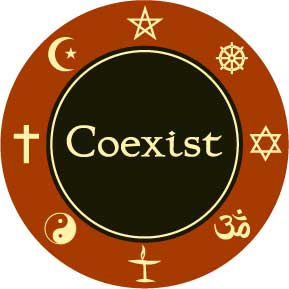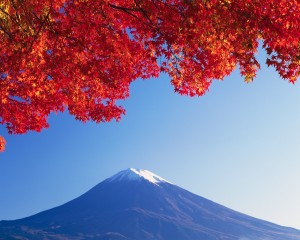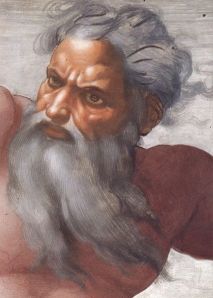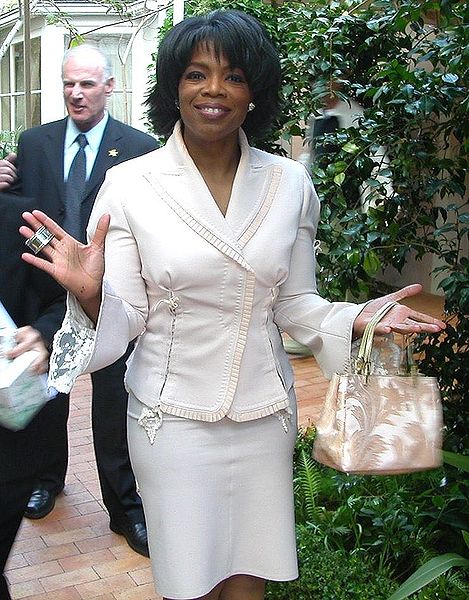
An Introduction to PERENNIAL PHILOSOPHY
(closely allied to Perennial Wisdom, Neo-Platonism, Universalism)
Dr Roger Prentice
“He who knows (only) one religion knows none”– Max Mueller
“God is a circle whose centre is everywhere, whose circumference is nowhere.” Empedocles
“Concepts are delicious snacks with which we try to alleviate our amazement.” (A J Heschel)
Experience amazement right now! – via a 1 minute meditation HERE
We can think of Perennial Philosophy as the (mystic) heart of all of the great world traditions.
The Perennial Philosophy isn’t ‘philosophy’ in the academic sense so much as wisdom. It concerns what it is to be spiritually human plus a map of reality – and how we best relate to that reality to develop our innate wisdom. It is also about some of the practices to develop that wisdom. The central concerns of practice seen in the various great faiths are the ones to reduce the activities of the ‘me-me-me’ lower self and its delusions. These cause, as the Buddhists teach us, our torment and personal suffering, and the cruelty inflicted on others. First we need to awaken, then become progressively detached from our lower selves and thirdly we need to find happiness in serving others.
Through Perennial Philosophy you can come to understand the true oneness behind apparent differences.
Aldous Huxley’s definition of Perennial Philosophy (in Latin Philosophia Perennis);
The metaphysic that recognizes a divine Reality substantial to the world of things and lives and minds; the psychology that finds in the soul something similar to, or even identical with, divine Reality; the ethic that places man’s final end in the knowledge of the immanent and transcendent Ground of all being.
‘AWAKEN, DETACH, SERVE’:
A version of perennial philosophy
the practice and knowledge at the (Mystical) heart of all of the great wisdom traditions
AWAKEN “We are here to awaken from the illusion of our separateness.” Thich Nhat Hanh SL p504
A) • There’s a reality beyond the material world:
• Which is uncreated.
• It pervades everything,
• but remains (as a whole) beyond the reach of human knowledge and understanding.
DETACH
“A man is a slave to anything he cannot part with that is less than himself.” – George MacDonald
B) • You approach that reality by:
• Distinguishing ego from true self
• Understanding the nature of desire
• Becoming unattached
• Forgetting about preferences
• Not working for personal gain
• Letting go of thoughts
• Redirecting your attention
• Being devoted
• Being humble
• Invoking that reality
• Surrendering
RP + all other names, attributes, & qualities of God!
C) • That reality approaches you through:
• Grace i.e for many folk the Holy Spirit
• The teacher/ss (s/he seems to appear whenever you need to move on up through the next stage)
D) • You’re transformed – enlightened – so that you embody or reflect that reality by:
• ‘Dying’ and ‘being reborn’ (i.e transformed and living more by the true higher self than the lower self!)
I’ve added service;
SERVE
“The only ones among you who will be really happy are those who will have sought and found how to serve.” – Albert Schweitzer
E) . You then find (even better) ways to serve – realizing that all work done in the spirit of service can be ranked as worship.
A poet’s summary of the mystic experience;
“The birds have vanished from the sky,
and now the last clouds slip away.
We sit alone, the mountain and I,
until only the mountain remains.”
(8th Century) Chinese poet Li Po
For an alternative model of Perennial Philosophy by Ken Wilber see HERE
My three word summary version then is Awaken: Detach: Serve.
Q. Do the 3 words sum it up correctly for you?
PRACTICE – is there such a thing as interfaith practice?
Here is one starting point;
Suggested key practice to re-balance our tendency to ‘live in our heads and bring us back to now, and to wholeness, mindfully:
We look to achieve the happiness of at-one-ment & reduce the pull of the lower self. How? By staying ‘awake’ more. How? Through mindfulness. How? a) Creating short periods of stillness and silence b) staying conscious of the breath, c) as thoughts and feelings arise acknowledge them but don’t fight or chase them – say “Hello – thank-you – goodbye.” If things stop or get interrupted just go back to stillness and the conscious breathing.
“Breathing in I know that I’m breathing in.” “Breathing out
I know that I’m breathing out.”
“Smile: Breathe: Go slowly.”
– Zen master – Thich Nhat Hanh
Interfaith 1 minute meditation – HERE
-0-
ROGER’s NOTES ON UNIVERSALISM, ‘SPIRITUAL FEDERALISM’ AND ON DIALOGUEs
Concerning Universalism I make the following distinction;
To subscribe to Perennial Philosophy you almost certainly will hold a ‘pan-religious’ and inter-faith position, in addition to a including some theological ideas such as pan-en-theism – which holds both immanence and transcendence to be true at one and the same time. My favourite quotation that celebrates this idea is;
“God is a circle whose centre is everywhere, whose circumference is nowhere.” Empedocles
On the other hand a universalist in my view however can have an open and respectful mind and an open and generous heart whilst staying with connected to her/his cultural roots. Such a person might also be called a Spiritual Federalist (someone who is comfortable in a mainstream religion but who has the desire to reach out to others paths that take them to the same summit).
Huston Smith is one such example. More striking is the specificity of Abraham Joshua Heschel’s traditional Hasidic faith as compared to the Universalism of his heart and astoundingly deep insights into core mystical and eternal reality, and especially into the nature of being human in the world – with others.
Either way the world has no more desperate need than an increase in the ability of people to see the oneness in, and beyond, specific belief systems – whether they do it from a truly Perennial Philosophy position or as a Universalist or Spiritual Federalism.
DIALOGUES:
Who are some of the great Christian, and other ‘Universal/ist souls’ who help our understanding or Perennial Philosophy – often through dialogue with some friend from another religion?: –
Brother Wayne Teasdale, Thomas Merton, Brother David Stendahl-Rast, William Johnston, Huston Smith, Thich Nhat Hanh, Abdu’l-Baha, Abraham Joshua Heschel, Shaikh Kabir Helminski, Ken Wilber, Deng Ming-Dao, John Daido Loori Roshi, Ken Wilber, Albert Einstein, Karen Armstrong, Eckhart Tolle, Professor John P ‘Jack’ Miller. Women are massively under-represented in this list. One hope for correction lies in a site I have just discovered – http://www.zenwomen.com/
For my ‘course on a page’ see HERE but make sure you start with the conversation between Brother Wayne Teasdale and Ken Wilber which is HERE
-0-
InSpirit are interfaith inter-spiritual study groups – in addition to the online site for our virtual community. Both promote practice derived from a range of sources, starting with mindfulness via staying consciously i the now via breath awareness – but practice is ultimately a matter for each individual. Above all this project – which I call ‘the InSpirit One Garden project’ aims to help in interfaith understanding.
RESOURCES
A tremendous piece of work on Perennial Philosophy – HERE –
check also all the other work under
 * *
Index |
 * *
Articles and Essays |


























